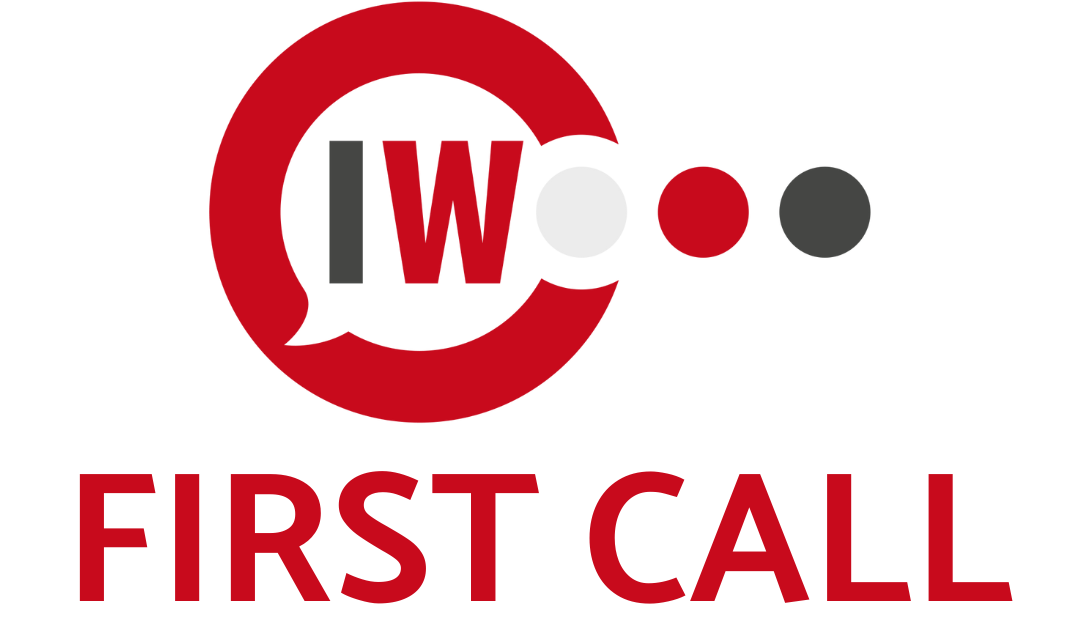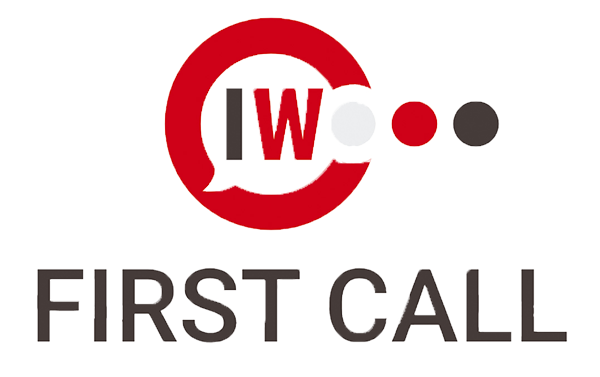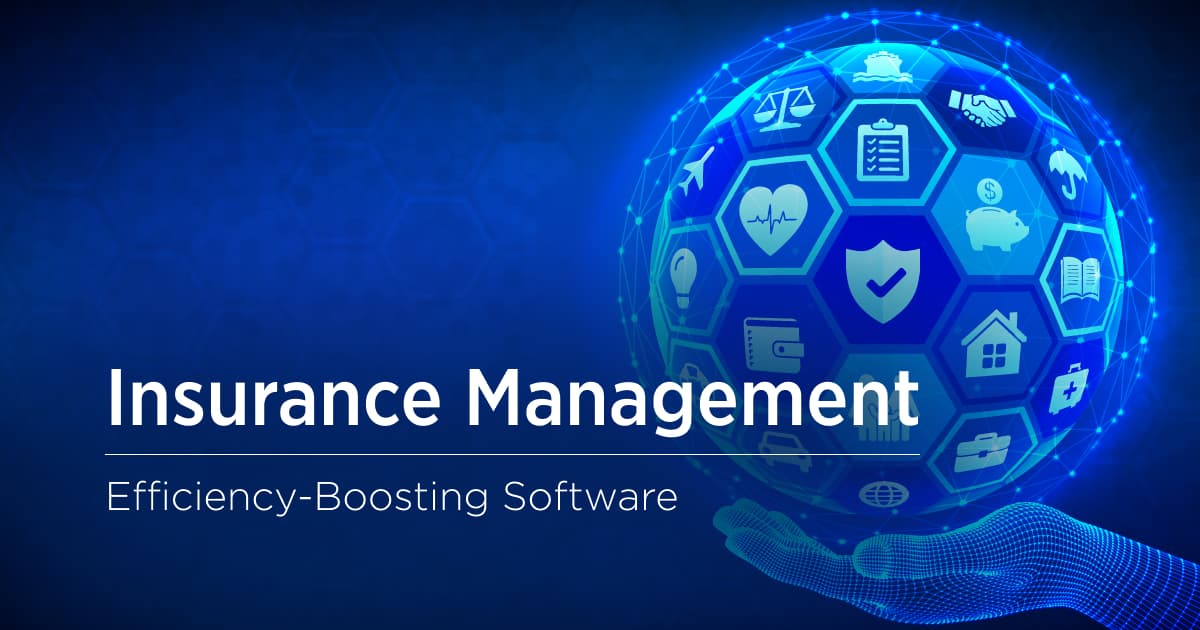Obtaining and managing certificates of insurance can be a tedious and time-consuming process for insurance agencies. However, with the help of an insurance business process outsourcing (BPO) provider, agencies can significantly streamline this workflow and free up time for more strategic initiatives. In this post, we’ll explore the challenges of the cert of liability insurance process and how a BPO partner can help optimize it.
The Importance of COIs for Insurance Agencies

A certificate of insurance (COI) provides proof of an insured’s coverage and is commonly required when working with contractors, vendors, or clients. It summarizes policy details like coverage types, limits, and expiration dates.
For an insurance agency, issuing accurate and timely COIs is essential for retaining clients and facilitating their business operations. However, the COI process comes with many friction points:
- Requests come from various sources – clients, brokers, carriers
- Each COI has unique requirements
- Details must be meticulously validated against policies
- Quick turnaround is often required
- Volume can spike and create backlogs
Without an efficient workflow, COI delays can negatively impact client relations, deal progressions, and agency productivity.
Common Challenges with the Cert of Liability Insurance Process
Managing COIs typically involves various manual steps that are prone to errors and bottlenecks.
1. Intake Across Multiple Channels
COI requests can pour in via phone, email, portal submissions, and more. This decentralizes and fragments the intake process. Important details may be missed if not properly documented.
2. Validating Details and Requirements
Each COI has specific policy details, limits, insurance coverages, and added insured language that must be validated for accuracy. The smallest mistake can render a COI invalid and delay operations. This is tedious manual work.
3. Managing Urgency and Follow-Ups
COI requests often require urgent turnarounds. With decentralized intake, requests may be missed or forgotten. Agencies struggle to keep up with status communications and follow-ups. This frustrates clients and brokers.
4. Manual Form Generation
Once details are validated, COI forms must be manually filled out and generated for each request. For high volumes, this is hugely time-consuming and susceptible to human error.
5. Tracking and Documentation
Centrally tracking COI request details, status, and issued certificates is critical for reporting and compliance. Without structured tracking, important information can easily slip through the cracks.
The BPO Solution for Optimizing COI Operations
By partnering with a specialized insurance BPO, agencies can transform their COI process to be scalable, accurate, and fast. A BPO acts as an extension of the agency’s operations.
Centralized Intake and Organization
A BPO consolidates COI request intake across channels into a single workflow. Critical details are extracted and organized for easy visibility and access. Nothing slips through the cracks.
Validation and Policy Checking
Dedicated staff validates all COI details against policy documents to ensure 100% accuracy. This mitigates manual errors and compliance risks. Staff also proactively identifies any coverage gaps.
Structured Communication and Follow-Up
The BPO coordinates all communications and follow-ups related to COI requests based on predefined SLAs. Clients and brokers are kept updated on status transparently. Urgent requests are escalated and prioritized.
Digital COI Fulfillment
Validated details auto-populate into COI forms, eliminating manual entry. The BPO handles generating, printing, signing, and delivering certificates digitally to the requestor.
Centralized Tracking and Audit Trails
The BPO maintains a centralized system to track all COI requests end-to-end. This provides full visibility and audit trails for reporting. Digital archival ensures certificates are accessible anytime.
Real-World Results from BPO Engagements

Global insurance leaders like Aon and Marsh use BPOs to transform their COI operations. Here are examples of results:
- 90% faster COI turnaround times
- 50% cost reduction
- Near-zero errors through digitization
- Improved customer satisfaction scores
- Additional capacity for staff to handle strategic initiatives
The numbers speak for themselves – BPO engagement provides immense value.
Conclusion: Key Takeaways of the Cert of Liability Insurance Process
Navigating the certificate of insurance process is riddled with challenges for insurance agencies. A specialized insurance BPO provider can significantly optimize the COI workflow. Benefits include:
- Consolidated intake and organization
- Error-proof validations and checking
- Structured communications and follow-up
- Digital fulfillment and archival
- End-to-end tracking and audit trails
By leveraging IWFirstCall insurance BPO support, agencies can issue COIs more efficiently, reduce overhead, and strengthen client relations. The time and cost savings allow staff to refocus on core business initiatives and revenue-driving tasks. For insurance agencies looking to scale operations, a BPO is an indispensable asset.
FAQ
Why would a business need a certificate of liability insurance?
A certificate of liability insurance is a document that verifies a business’ insurance coverage. If your business is ever sued, this certificate provides proof of insurance. Business owners may be required to show this certificate when they rent a commercial space or when they contract services with clients. It essentially offers protection against potential financial losses.
How can I get a certificate of liability insurance?
You can get a certificate of liability insurance from your insurance agency or company once you have a general liability insurance policy or any other type of insurance that provides liability coverage. The certificate is a document that confirms you have the insurance you claim to have. To request it, contact your insurance agent or provider.
What does a certificate of insurance include?
A certificate of insurance provides key details about your insurance policy, such as the coverage limits, type of insurance, property insurance, and payment for professional liability, and it identifies the certificate holder. It also displays your insurance companies’ contacts and insurance quotes.
Does the certificate of liability insurance provide coverage?
No, a certificate of liability insurance does not provide coverage. It is simply a representation of your insurance policy. Any coverage comes from the actual insurance policy, and the certificate only serves as proof of this policy.






